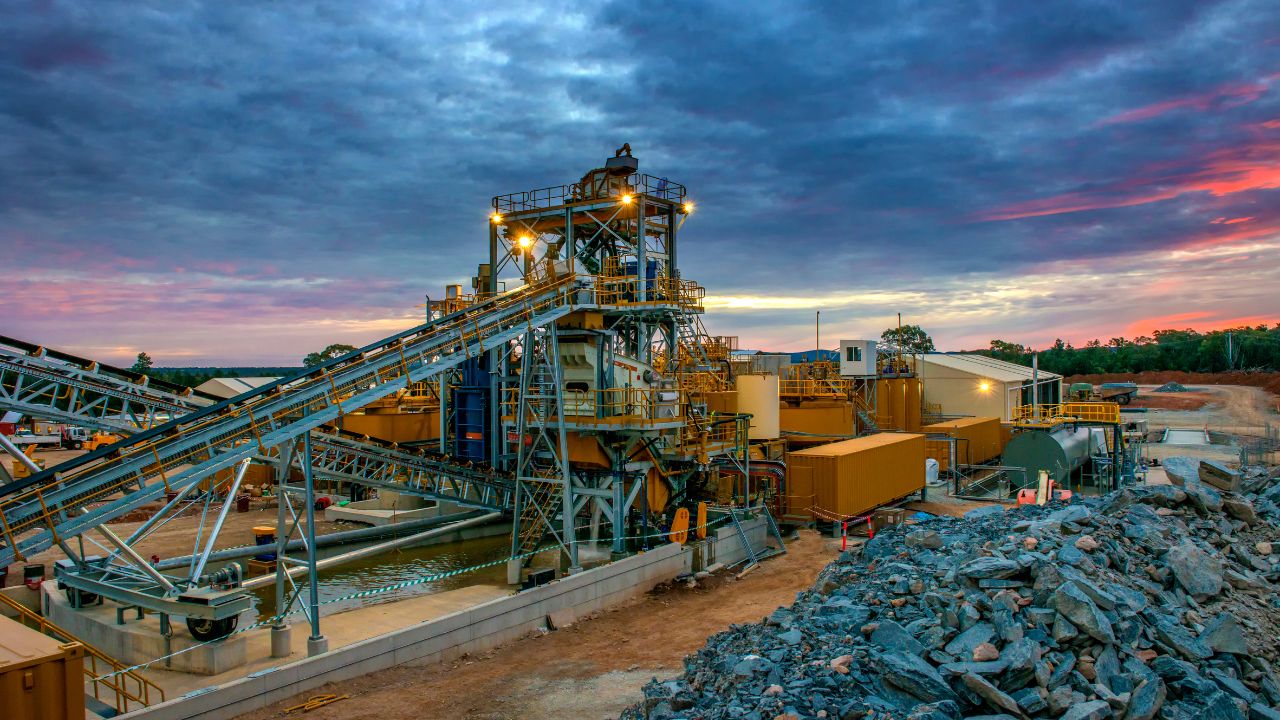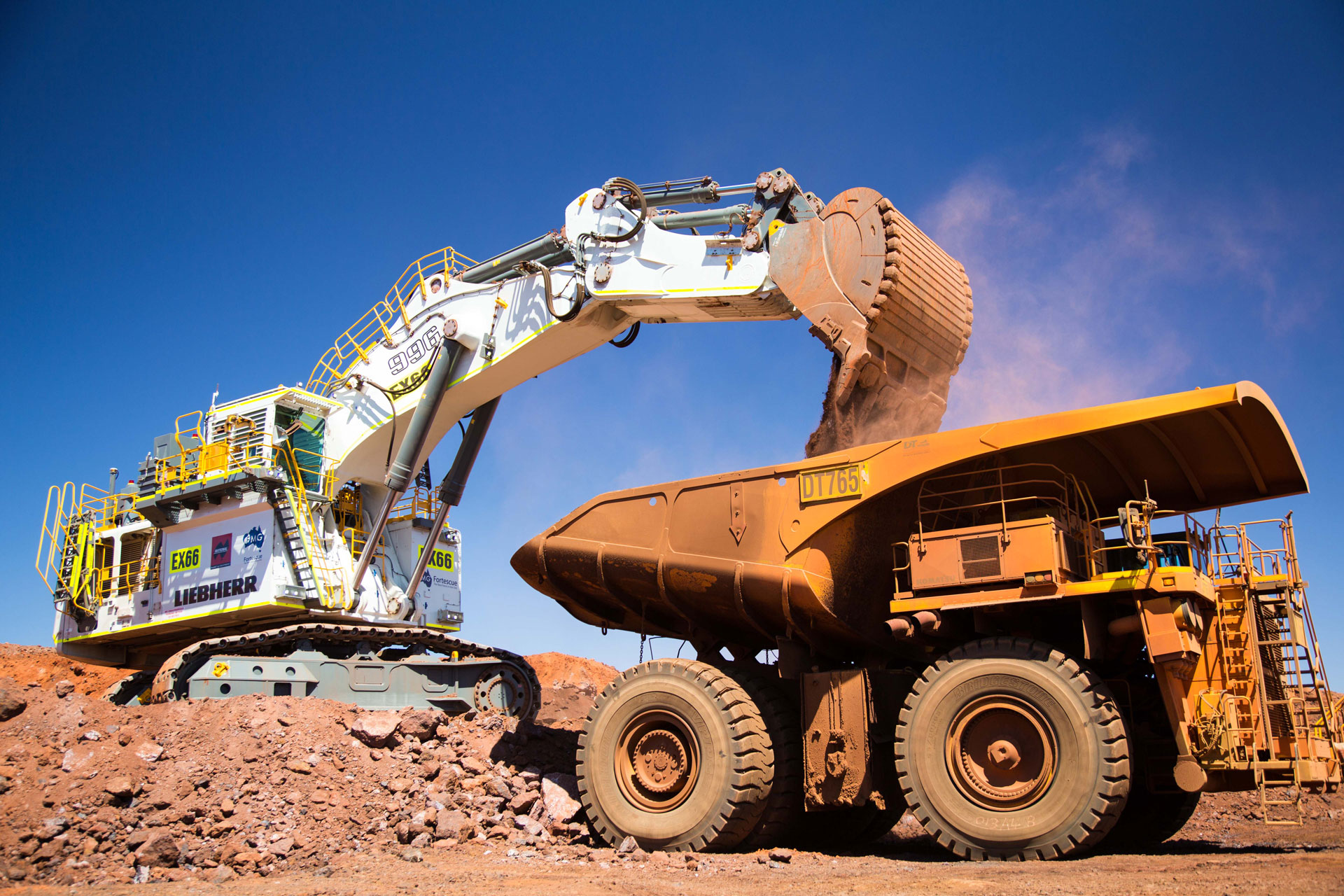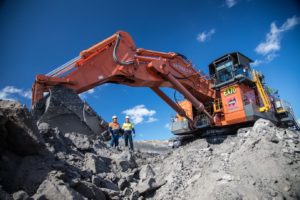History Of Mining In Australia
Mining has shaped Australia more than almost any other industry. From ancient Indigenous extraction sites to massive modern operations spanning iron ore, coal and gold, the nation’s mining story runs deep. Understanding the history of mining in Australia gives real context to how the sector built towns, drove economic booms and continues to power the country’s prosperity today.
Indigenous mining practices
Long before European settlement, Aboriginal Australians were extracting and trading minerals for thousands of years. Ochre, for example, was quarried at sites like Wilgie Mia in Western Australia, one of the largest and oldest ochre mines in the world. This red and yellow pigment was vital for art, ceremony and trade, travelling along ancient routes well before modern mining took shape.
Tools and weapons were also crafted from quarried stone. High-quality silcrete and chert were mined in pits and shaped into cutting implements, spearheads and scrapers. This early resource use shows that Australia’s mining history didn’t start in the goldfields, but stretches back to cultural traditions that remain significant today.
Early European discoveries
When European colonists arrived, they wasted no time searching for useful minerals. The first major find came in 1791 when coal was discovered around Newcastle. The abundant coal seam near the Hunter River quickly fuelled ships and the small settlements dotting the coast. Coal mining would go on to become an economic bedrock for NSW and Queensland, feeding domestic demand and exports for more than two centuries.
By the 1840s, metal ores were also uncovered. The Burra Burra Mine famously saved the young South Australian colony from bankruptcy, earning it the nickname “The Monster Mine”. These early discoveries set the stage for bigger finds to come.
The Gold Rush era
The mid-1800s cracked Australian mining wide open. In 1851, gold was discovered at Ophir near Bathurst, New South Wales, sparking Australia’s first gold rush. Soon after, massive deposits were found in Victoria at Ballarat and Bendigo. Prospectors flooded in from across the world, swelling the population and transforming sleepy outposts into booming towns overnight.
By the 1850s and 1860s, gold mining was so profitable that it funded railways, ports and civic buildings that still stand today. The Eureka Rebellion at Ballarat in 1854 became a flashpoint for miners’ rights, helping to shape Australia’s democratic principles. This chapter in Australian mining history fuelled an industrial shift that put Australia firmly on the global map as a resource-rich nation.
Expansion and diversification
The Gold Rush may have kicked things off, but Australia’s mining momentum didn’t stop there. By the late 1800s, prospectors and investors were branching out. Tin was discovered in Tasmania’s north in the 1870s, and silver, lead and zinc deposits were struck at Broken Hill in 1883.
As rail networks expanded, so did mining’s reach. Entire communities grew up around pits and shafts, and new techniques made deeper mining viable. The late 19th and early 20th centuries laid the groundwork for Australia’s modern reputation as a mineral powerhouse.
Modern mining developments
Fast-forward to the post-WWII years, and the next boom took shape. The 1960s saw the Pilbara region of Western Australia transformed by huge iron ore finds. Following that, Australia’s mining sector kept diversifying. Uranium, natural gas and critical minerals joined the mix. Automation and technology reshaped operations, boosting output and safety.
Today, the mining history in Australia is still being written, with advanced semi-autonomous fleets, satellite-guided drilling and sustainability measures shifting how mines operate.
Environmental and social impact
Modern mining brings clear challenges alongside its economic benefits. Regulations around land use, water management and rehabilitation now hold miners to higher standards than ever. Major companies invest in progressive rehabilitation, community partnerships and Indigenous engagement — critical for building trust and delivering benefits back to local regions.
No one can deny how thousands of jobs, skills development and infrastructure funding still flow directly from mining operations. For many remote communities, mining is the main driver of employment and services, making the industry’s role in local livelihoods as important today as it was in the early days of coal and gold.
Work with a proven partner
Australia’s mining legacy is far from over — it’s a story of constant innovation, scale and adaptability. If you’re ready to shape the next chapter in Australian mining history, partner with a team that’s built its reputation on scale and performance. Explore our full range of mining services and equipment solutions, or contact the National Group to find out how we can support your project — from mine site to port, and every haul in between.



